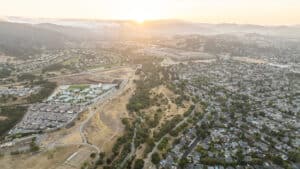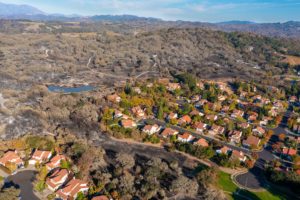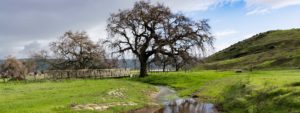
Be Prepared Gilroy: A Community Disaster Preparedness Toolkit
Your go-to guide with key resources and a roadmap to community disaster resilience.
Greenbelt Alliance created our Bay Area agriculture report because there is a problem. In our region, there is widespread support for a local, sustainable food system. We’re the center of American gastronomy, with a vibrant agricultural landscape of 600,000 acres of farms and 1.7 million acres of ranch land right next door. Our farms and ranches generate $2.7 billion in annual gross production value alone. That figure jumps to $6.1 billion when we consider the jobs, labor income, and value added from Bay Area agriculture.

Yet development continues to chip away at agricultural lands—jeopardizing availability of local food for our residents and the economic, social, and environmental values that farm and ranch lands provide.
Today, there are 200,000 more acres of farms and ranches at risk of being converted to development. HomeGrown: Tools for Local Farms and Ranches shares what we can do right here in the Bay Area to help.
Our Bay Area agriculture report explores creative tools and strategies that are working around the Bay Area and beyond to support local agriculture. Our region’s nine counties have unique agricultural challenges and opportunities. We found that among the many tools outlined in this report, there were five things that each county can do to help farms and ranches succeed.
Download HomeGrown: Tools for Local Farms and Ranches for more details.
Don’t have time to read the whole report? Here are the juiciest bits from HomeGrown.

Your go-to guide with key resources and a roadmap to community disaster resilience.

The Bay Area is at a tipping point in its relationship to wildfire. There is huge potential for the region, and other places across the Western US, to accelerate greenbelts as critical land-use tools to bolster wildfire resilience.

Coyote Valley plays a crucial role in recharging the San Jose’s groundwater resources. It’s incredibly important to protect this piece of essential green infrastructure from potential contamination.